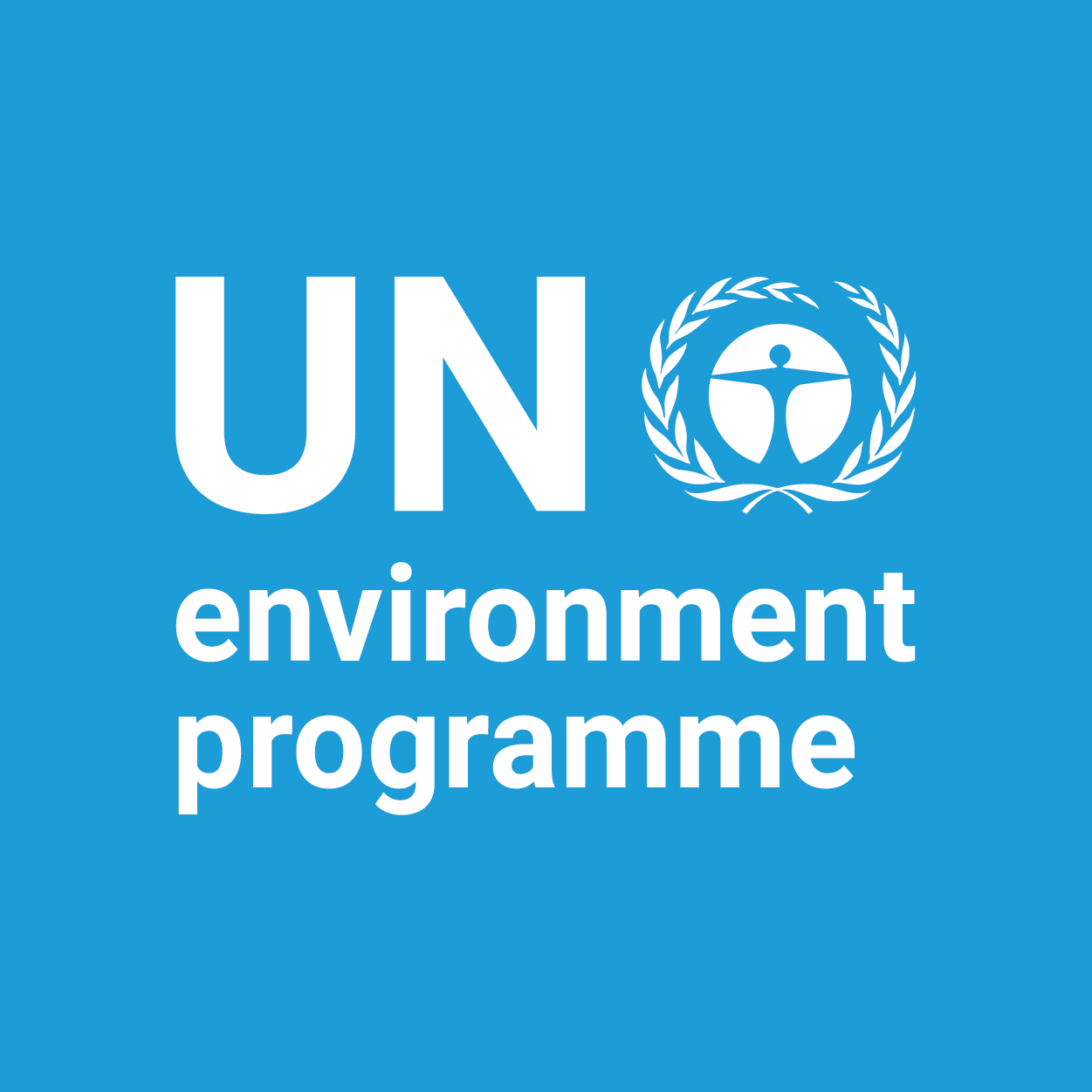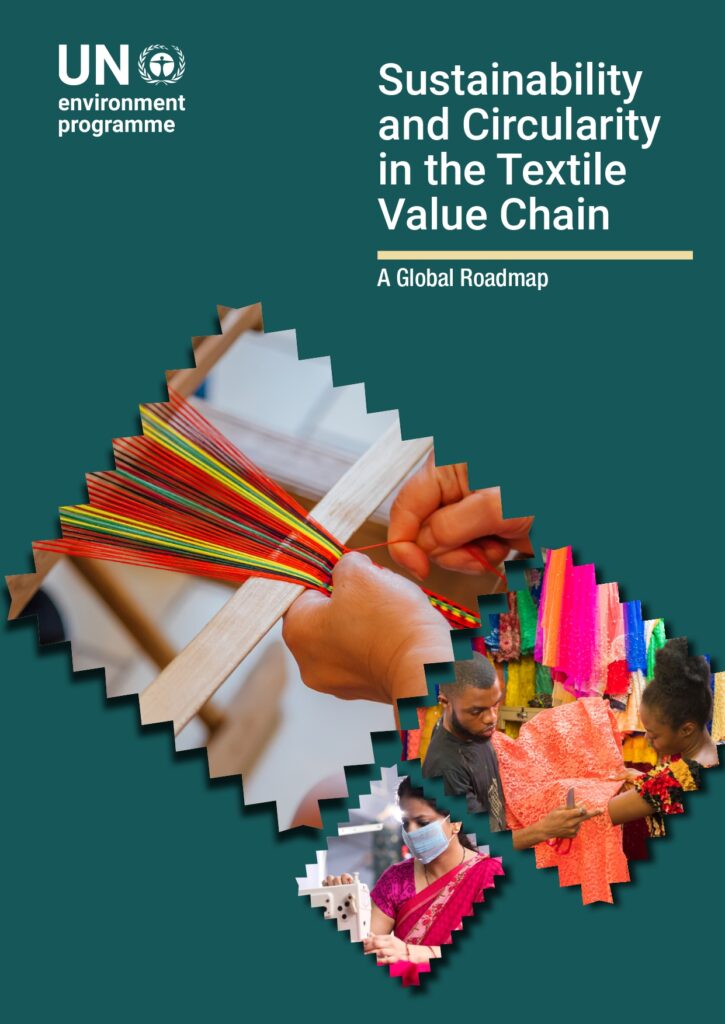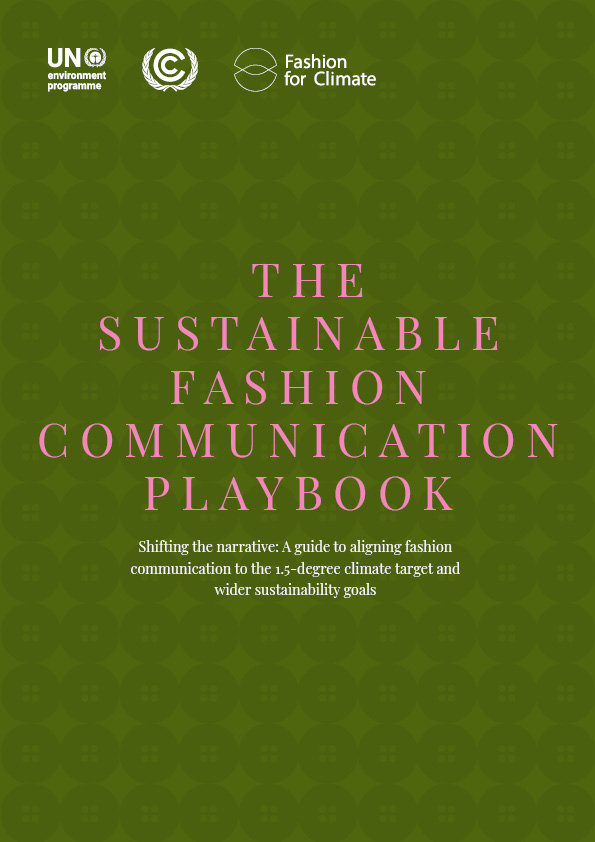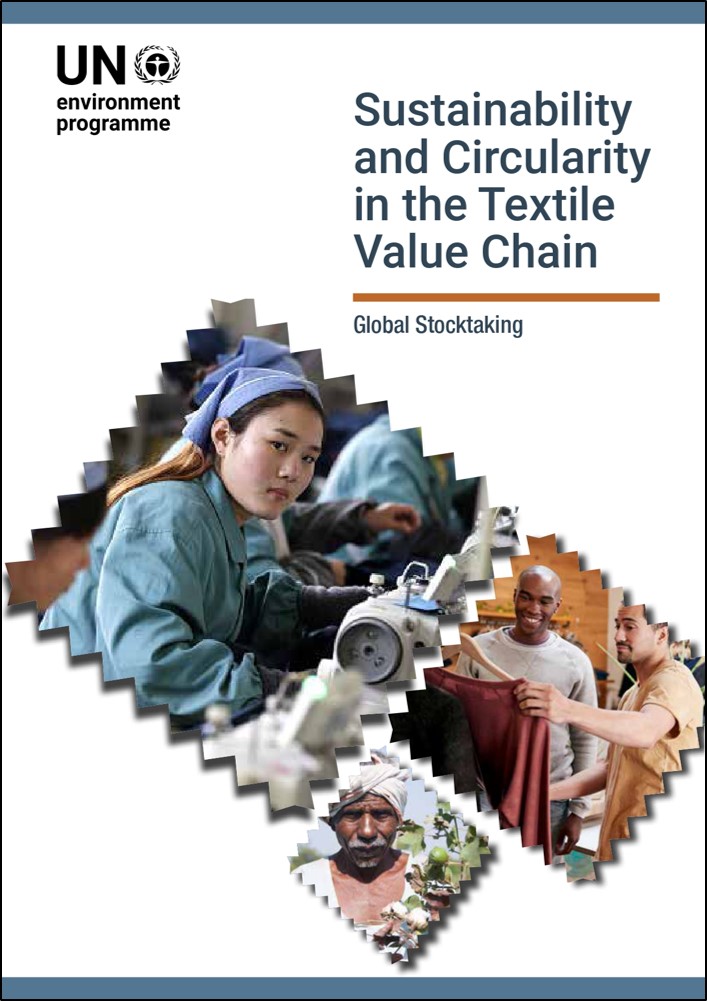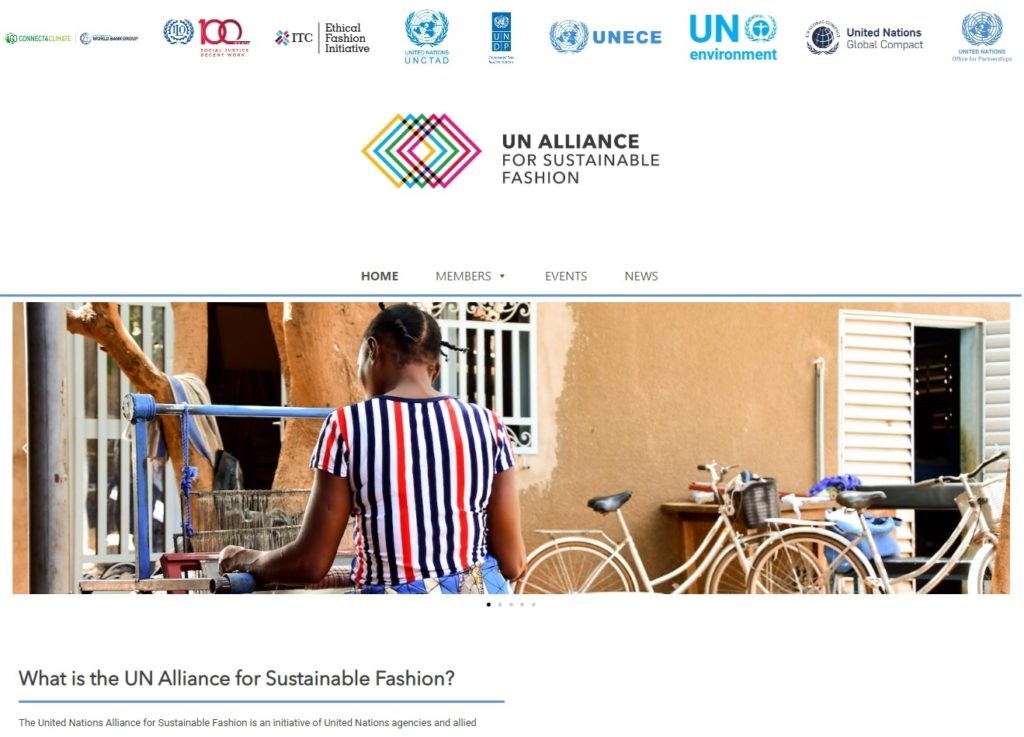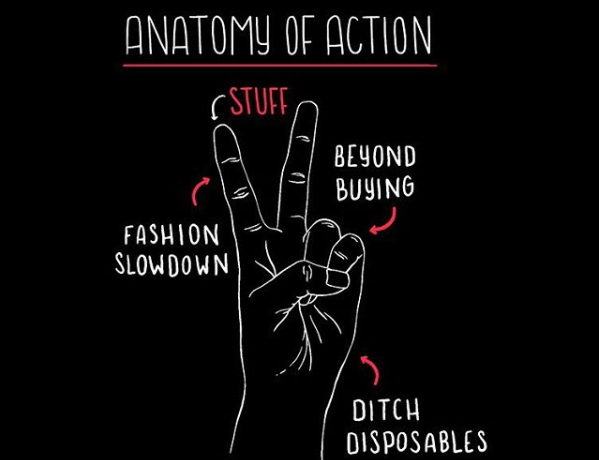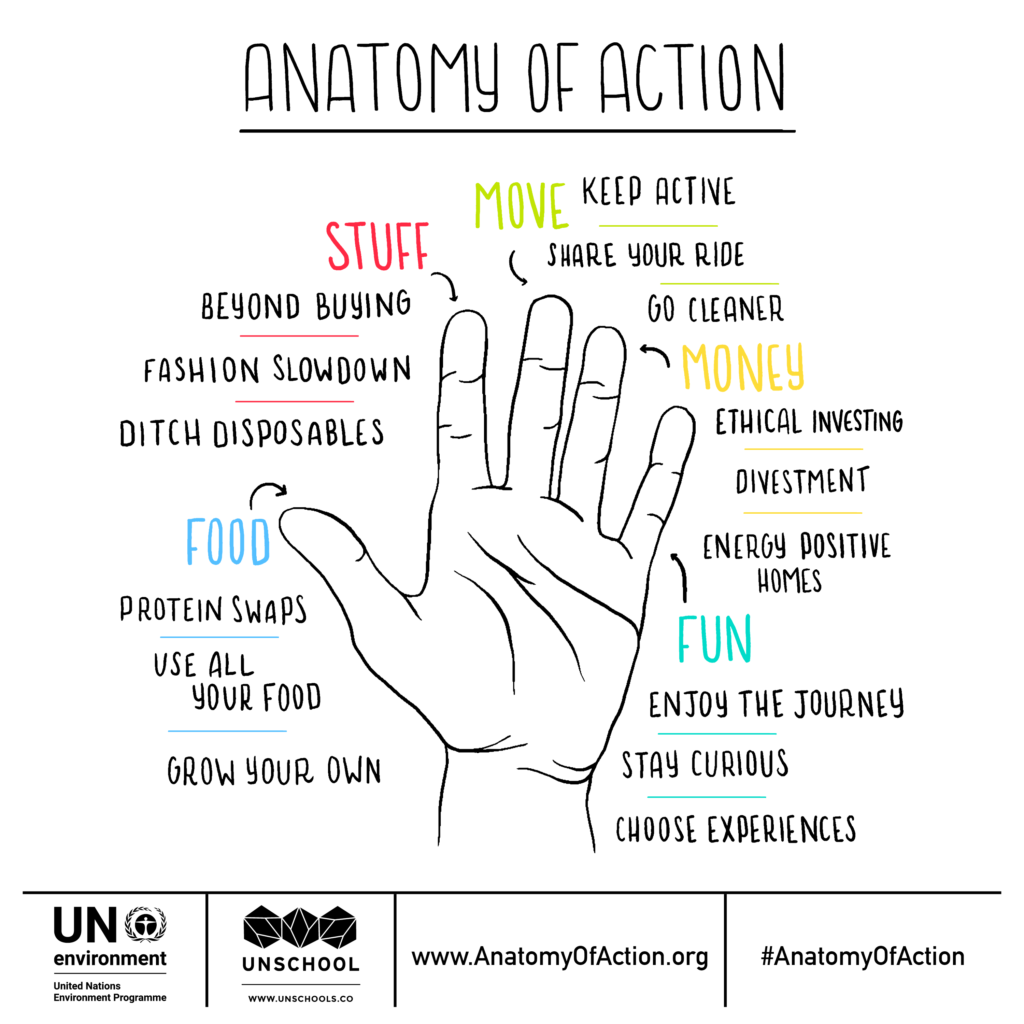In this page: Stories | Resources
The textile sector is woven into our daily lives – it provides high levels of employment, generates $1.5 trillion in revenue. It is however also a sector struggling to address its impacts, including significant natural resource use and pollution, with 215 trillion litres of water consumed per year, and 9% of annual microplastic losses to oceans.
Textiles is contributing to the triple planetary crisis of climate change, nature and biodiversity loss, and pollution and waste.
All year, the textile sector emits 2-8% of the world’s greenhouse gases, uses the equivalent of 86 million Olympic-sized swimming pools of natural water resources. Additionally, the value chain has deep social impacts, with textile workers at risk of exploitation, underpayment, forced labour, health risks and abuse. Women are particularly vulnerable as they represent an average of 68% of the garment workforce, and 45% of the overall textile sector workforce.
Transforming the textile value chain into one that is sustainable and circular will allow us to address these environmental and social impacts, while also supporting people, prosperity and equity. However, no single group of actors can achieve this scale of sector transformation alone, but rather it requires all stakeholders to use their resources and efforts to work together towards a common goal.
UNEP aims to provide leadership and convene partners to advance towards a sustainable and circular textile value chain. UNEP’s work on sustainable and circular textiles is following this notion of holistic thinking, which leads to changes at each stage in the value chain while involving players of all sizes and from all market segments. It implies that strategic interventions across the textile value chain need to be undertaken by all actors, such as national and local governments, brands and industry, and civil society – and across regions. In line with this approach, UNEP convenes an expert community to develop knowledge and solutions to advance towards more sustainability and circularity in the textile value chain.
Priority actions that each stakeholder group should take to move towards a sustainable and circular textile value chain are:
- Shifting consumption patterns
- Improved practices
- Infrastructure investment
The nine building blocks required to deliver these three priorities are:
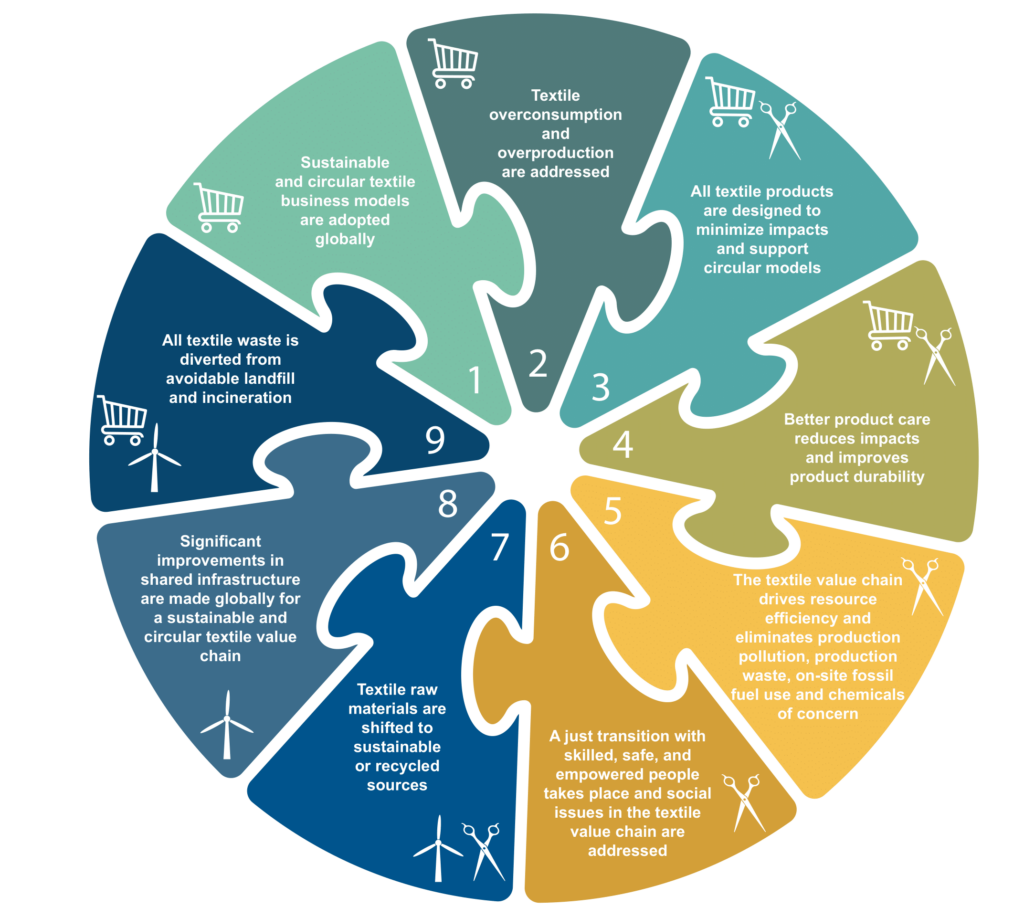
Fashion communicators – marketers, brand managers, imagemakers, media, influencers and beyond – can help advance towards the Paris Agreement, Kunming-Montreal Global Biodiversity Framework and Sustainable Development Goals through 1) countering misinformation, 2) reducing messages perpetuating overconsumption, 3) redirecting aspiration to more sustainable lifestyles, and 4) empowering consumers to demand greater action from businesses and policymakers:
Useful resources
Stories
Click below to learn about UNEP experience in building circularity in the textile value chain:
Upcycling garment waste into shoes and bags
Philippines | 2018
